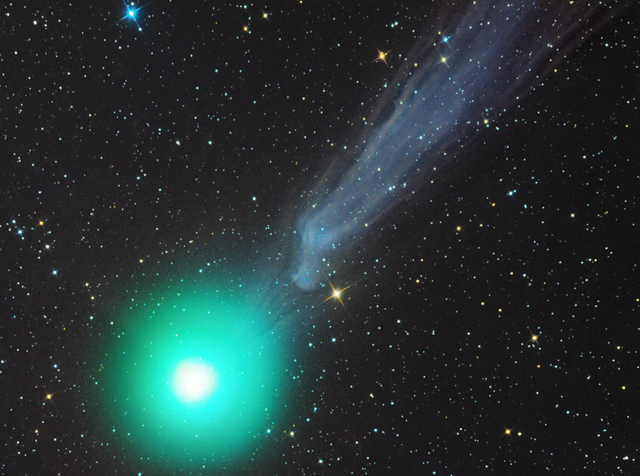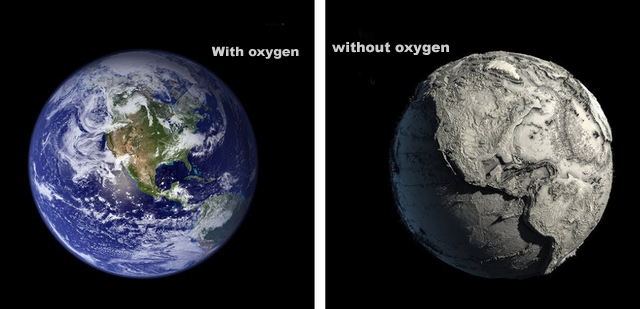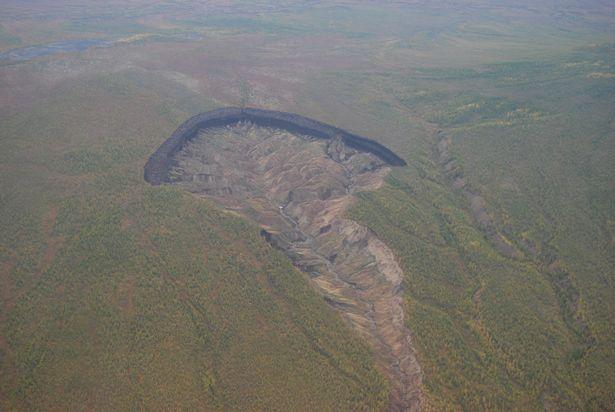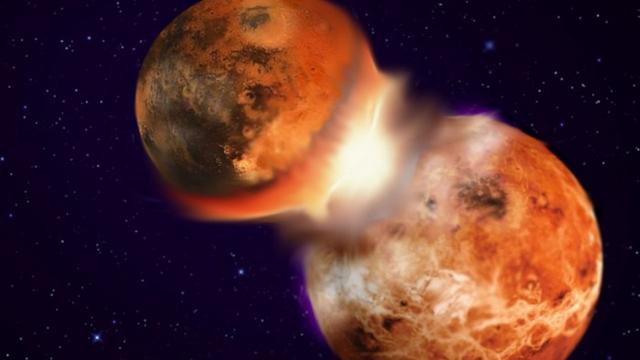I'm sure no one is particularly familiar with comets, and we have seen a number of real-life images of them before. The meteor showers that we commonly see are also very often associated with comets. Because these comets are generally volatile substances, when they come towards the inner side of the sun, the sunlight exposure causes some of the material on the surface of these comets to evaporate and also produces a lot of debris. When the earth just happens to pass through these comet debris belts, these small fragments enter the earth's atmosphere at high speed and burn violently, turning into a brilliant meteor. These small fragments are no threat to the ground, as they burn up directly in the atmosphere and disappear directly without a trace.
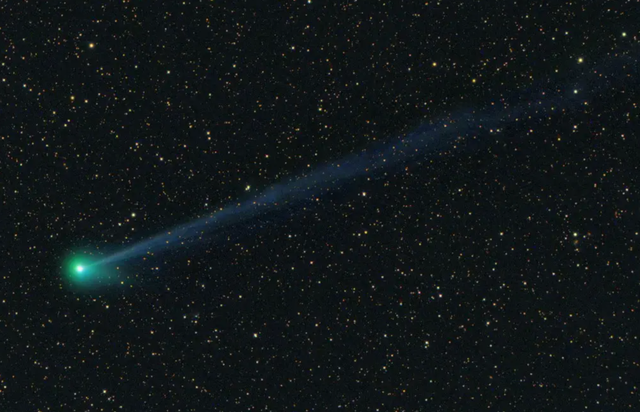
A comet on its way to earth?
According to a study published in the astrophysical journal, scientists using the hubble telescope have discovered that the comet c/2014 un271 has a coma nucleus over 80 miles in diameter (that's about 129 kilometres). This is still a relatively large size, and is about 50 times the diameter of the average comet nucleus.

This 500 trillion ton comet was discovered in 2010 by astronomers pedro bernardinelli and gary bernstein, hence the name "Comet bernardinelli bernstein", and is by far the largest comet we have ever discovered and the most distant one we have ever found. Since the discovery of this comet, scientists have continued to observe and study it with various telescopes.
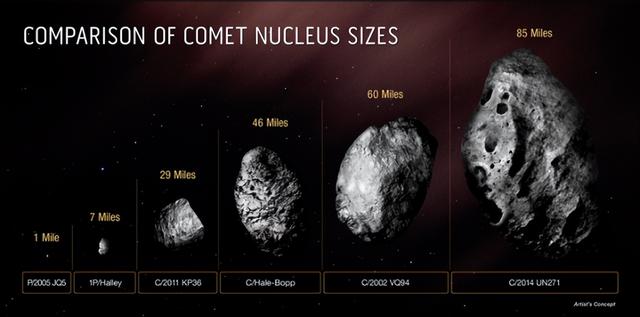
David jewett, professor of planetary science and astronomy at the university of california, los angeles, said that at a very distant place, we saw this comet already very bright, so it was always suspected that it should be very massive. Later observations with the hubble telescope confirmed this suspicion of the scientists, and it is really big.
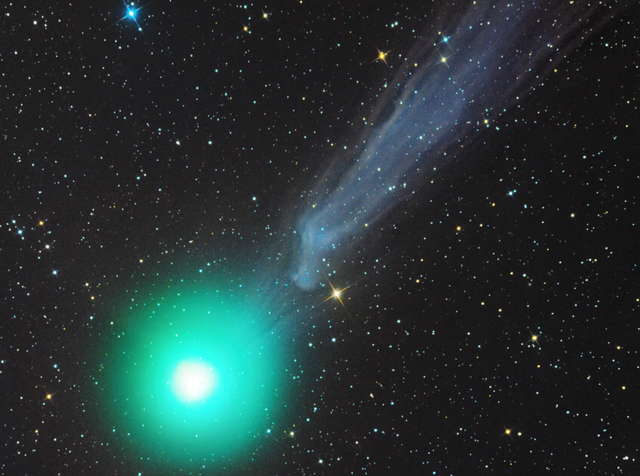
Not only is the comet exceptionally large, it also has a very long orbital period, with an elliptical orbit of 3 million years and an orbital 'aphelion' that may be half a light year away. Scientists say that for the past million years, the comet has been flying from the edge of the solar system towards the centre, heading towards earth at a speed of about 35,405 kilometres per hour. The consequences of a comet of this size, if it did collide with a planet like earth or mars, would be unthinkable and the disaster would be devastating.

We need not worry though, it is not going to collide with our planet. Although it is coming at a speed of nearly 35,000 km/h, it will not reach its closest point to earth for a long time. At that time, the closest distance to earth will be about 1 billion miles (or about 1.6 billion kilometres). This is quite a distance, bearing in mind that the average distance between the earth and the sun is only 150 million kilometres, and that the closest point to the earth is on the outer side of saturn's orbit, where it will not hit the earth.

What will happen if the comet hits the earth?
For human beings, there are actually more threats, apart from these threats of climate warming, the threats from outside the earth cannot be ignored, we are more concerned about asteroids and comets, which can be a very deadly threat. Because the size of these asteroids and comets is relatively large, for example, this 500 trillion tons of comet c/2014 un271 nucleus diameter of nearly 130 km, and its speed is quite fast, if it hits the earth or mars these planets, that in the process of approaching the planet, but also by the gravitational force of the planet and get an acceleration, the closer to the earth, mars, the speed will also be faster, the impact of the release of the closer we are to earth and mars, the faster we will go, and the more energy will be released on impact. We have previously witnessed the impact of a comet on jupiter, and the scene is vivid in our minds.

On march 24, 1993, american astronomers eugene sumek, carolyn sumek, and astronomy enthusiast david levy discovered a comet of relatively large size and named it sumek-levy 9. By july 1994, the comet split into 21 fragments, the largest of which was 4 km wide, and the smaller fragments then slammed into jupiter one after another at a speed of 60 km per second. This was the first planet-related impact event observed by humans in the solar system.

These small fragments released a staggering amount of energy when they hit jupiter. The first comet fragment released the equivalent of 200 billion tons of tnt, and the largest one was as powerful as 6 trillion tons of tnt, equivalent to 750 times the world's total nuclear weapons stockpile, leaving a scar on the surface of jupiter that was longer than the diameter of the earth. Therefore, many believe that if jupiter had not torn this huge comet apart and "Wiped it out", leaving it to "Drift" Around the solar system and hit the earth, humanity might have ceased to exist.

However, from what scientists have observed, comet sumyk-levi 9 would not have hit the earth back then, even if it had not been torn apart and then wiped out by jupiter. This is because of its unusual orbit, which orbits jupiter rather than the sun, with a maximum distance from jupiter of about 0.33 astronomical units, or about 0.5 billion kilometres. This orbit is still quite far from our earth, which is hundreds of millions of kilometres away, so comet sumek-levi 9 will not appear in the vicinity of the earth and hit it. Since it is orbiting jupiter, it is only a matter of time before it is "Swallowed" By the planet.

